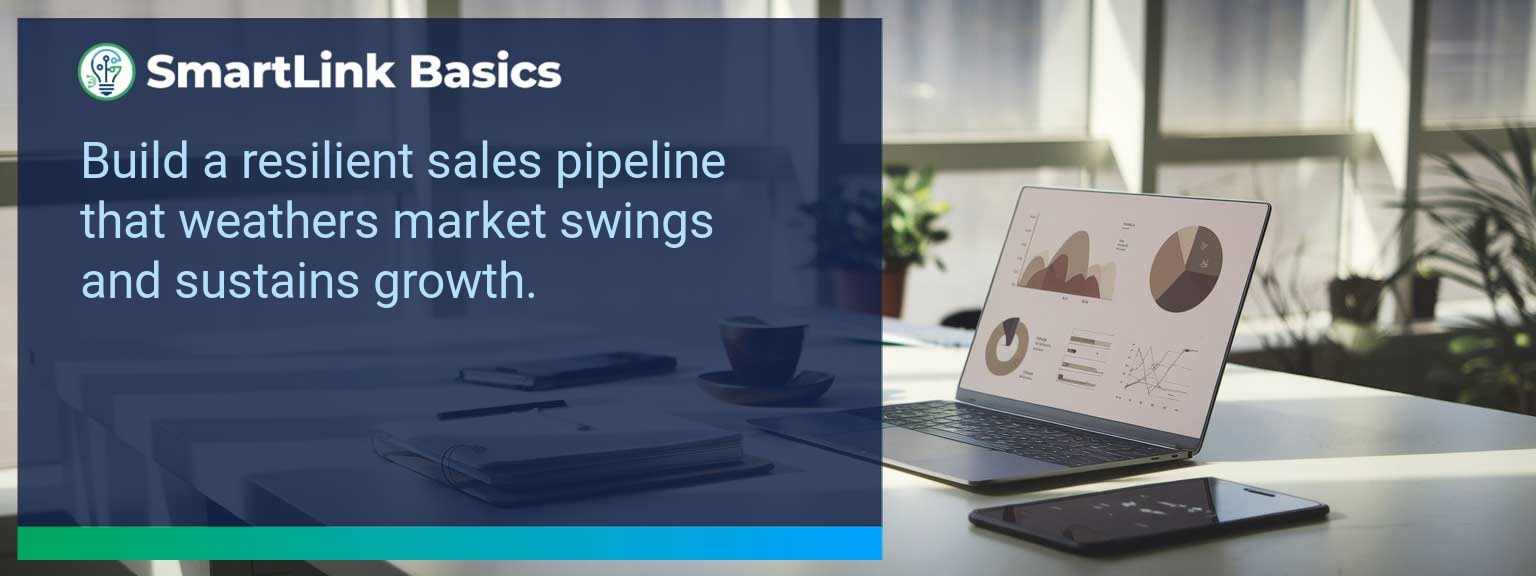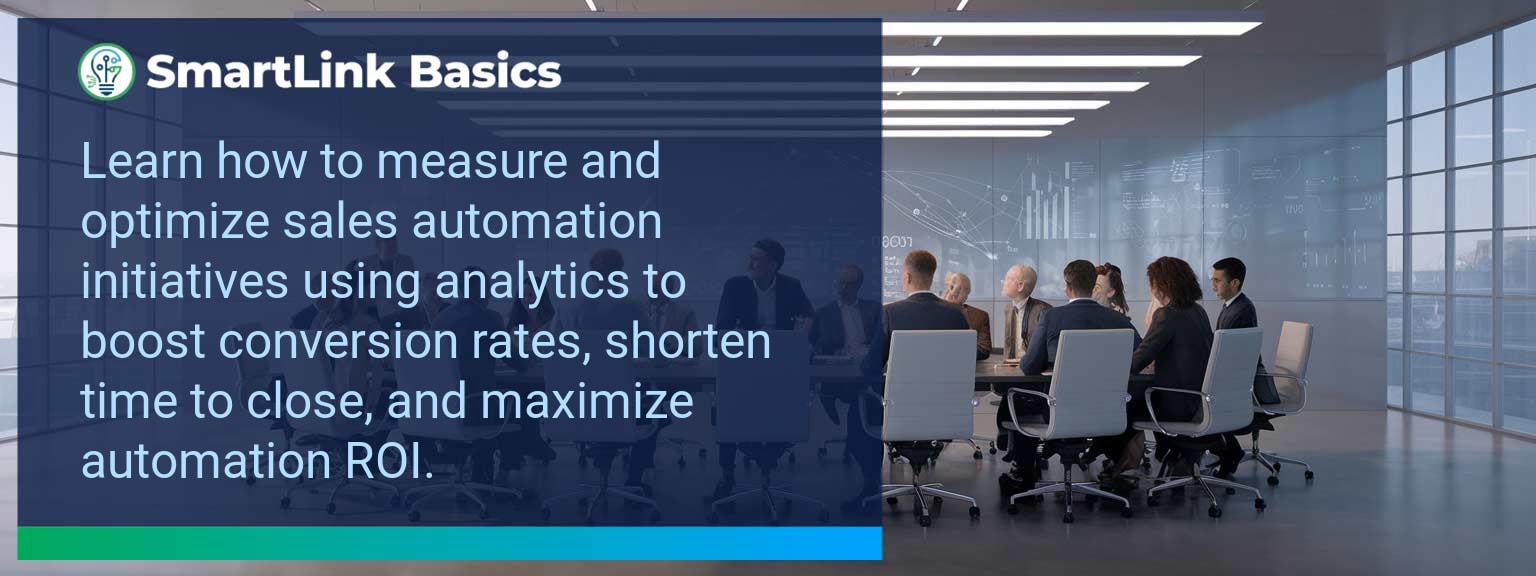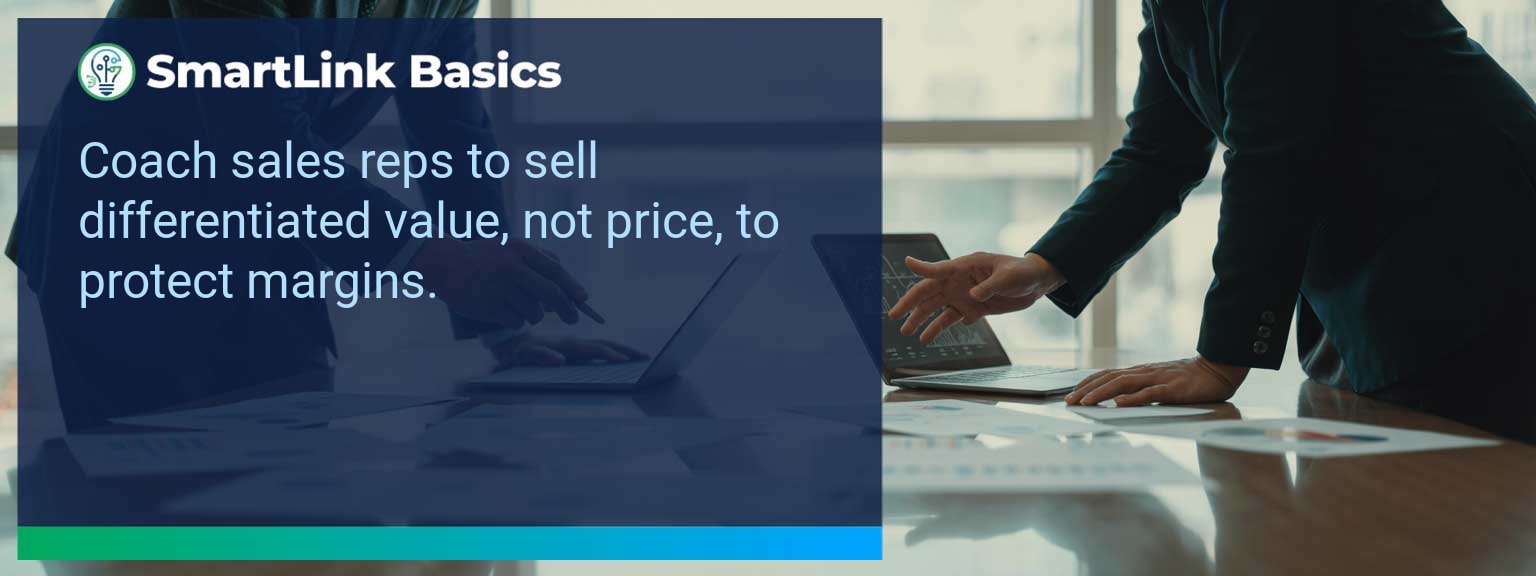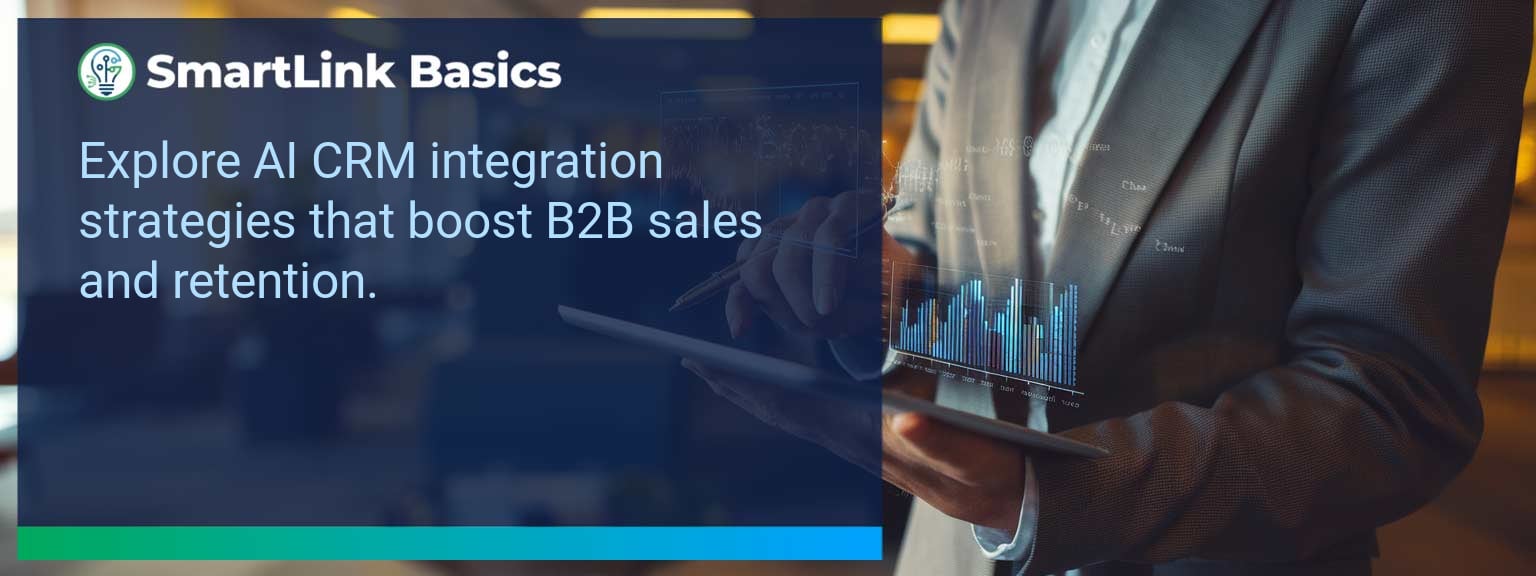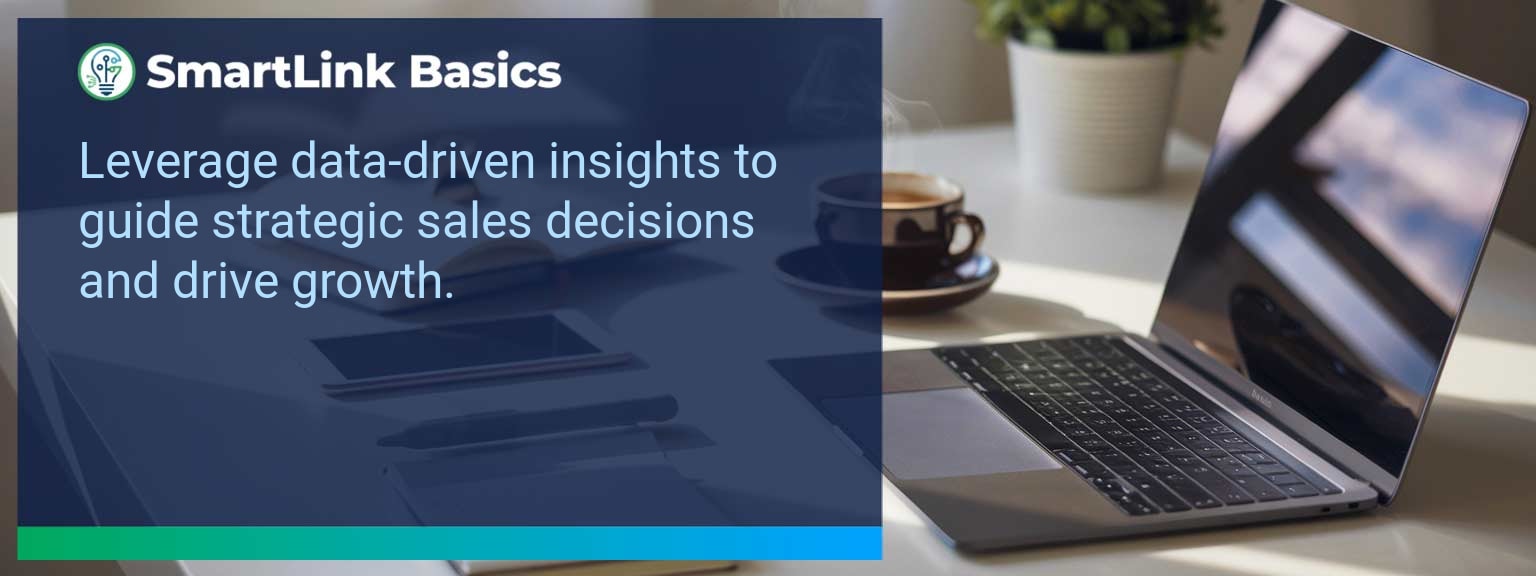Industry data shows that organizations adopting AI-driven automation achieve cost reductions of up to 30% while accelerating sales cycles by 20% or more (McKinsey, 2024). For sales leaders, AI automated workflows now define competitive advantage, enabling teams to reallocate time from repetitive tasks to high-value engagements. At SmartLink Basics, we help decision-makers implement these systems strategically, ensuring they integrate with existing revenue operations. In this article, you’ll see how AI automated workflows power business outcomes, the common obstacles that slow adoption, and practical steps to optimize processes. You’ll walk away with proven examples, a 90-day action blueprint, and measurable KPIs to track results.
- Automate repetitive administrative and CRM updates with AI.
- Integrate machine learning to personalize outreach at scale.
- Streamline approvals, quotes, and contract workflows for speed.
- Use predictive analytics to prioritize sales opportunities.
- Track adoption and performance with targeted metrics.
AI Automated Workflows: What Changed and Why It Matters
AI adoption has shifted from experimental to operational, making automated workflows a standard in high-performing sales organizations. The real advantage lies in combining workflow automation with artificial intelligence workflows to optimize every step of the revenue process. Sales leaders now use AI to synchronize touchpoints, reduce manual inputs, and ensure faster execution. For example, a B2B SaaS leader introduced automated lead enrichment and routing, cutting qualification time by 60%. Actionable insight: Audit processes for time-intensive handoffs and apply AI where repeatability is high.Redesign the Revenue Operating System With AI Automated Workflows
ICP, Segmentation, and Targeting AI-enabled segmentation uses historical wins, firmographic, and behavioral data to dynamically update ICP profiles. This ensures targeting precision without quarterly re-work. Pipeline Architecture Automated workflows push opportunities through the right stages based on engagement signals. AI flags at-risk deals for intervention. Plays and Messaging Integrated automation tools deliver personalized sequences based on buyer activity, increasing relevance at every touchpoint. Operating Cadence AI schedules follow-ups, forecast calls, and account reviews based on actual pipeline movement rather than static calendars. Actionable insight: Implement automation that adapts in real-time to both internal and buyer-driven events.Common Obstacles To Achieving Seamless Automation
The most frequent challenges are fragmented systems, inconsistent data quality, and cultural resistance. Without a unified data layer, automation amplifies errors rather than solving them. Coca-Cola Europacific Partners reported needing a full data governance upgrade before AI could improve sales workflows. Leaders must first assess infrastructure readiness and train teams to trust AI-influenced recommendations. Actionable insight: Before deployment, establish clean data practices and a single source of truth.Implementing AI To Optimize Workflows
Effective deployment of AI process optimization starts with mapping current-state processes, identifying friction points, and matching them with automation tools. For example, automating proposal generation based on CRM opportunity data can reduce turnaround from three days to one hour. Solutions combining business process automation platforms with machine learning integration enable continuous performance improvement. Actionable insight: Pilot in one high-impact stage, measure, and then expand.Tangible Benefits From Automated Processes
The benefits extend beyond time savings — sales leaders gain a scalable system. Tangible outcomes include faster quote-to-close, higher lead conversion, and better forecast accuracy. A manufacturing firm implemented AI-assisted order processing and cut errors by 40%, improving on-time delivery rates. Actionable insight: Track both speed and accuracy to measure workflow automation effectiveness.Metrics That Matter
| Category | Metric | Definition | Target |
|---|---|---|---|
| Leading | Workflow Completion Rate | % of automated sequences executed without manual intervention | 95%+ |
| Leading | AI Suggestion Adoption Rate | % of AI-generated action recommendations executed by reps | 80%+ |
| Lagging | Cycle Time Reduction | Decrease in time from lead entry to closed-won | 20%+ |
| Lagging | Revenue Per Rep | Average sales revenue generated per sales rep per quarter | +15% YoY |
| Quality | Automation Error Rate | % of workflows that trigger incorrect outcomes | <1% |
| Quality | Customer Satisfaction Post-Automation | Average CSAT score after automation implementation | ≥ 4.5/5 |
Innovations And Next Steps For AI Automation
Emerging capabilities like AI-generated playbooks, intent-driven dynamic routing, and integrated AR for virtual product demos are shaping the next wave of sales automation. Companies integrating these tools early will outpace competitors in speed and personalization. Actionable insight: Stay ahead by testing emerging automation features quarterly and aligning them with evolving buyer expectations.Get the 90-day plan, coaching rubric, and dashboard template to operationalize AI in your enablement program.
Turning AI Automation Into a Revenue Multiplier
AI automated workflows are now a strategic lever for predictable, scalable growth. This guide outlined current applications, adoption challenges, a 90-day execution plan, and measurable success criteria. To make automation pay off, sales leaders should integrate tools into one cohesive operating system and review results monthly for continuous improvement. Access more AI-driven sales enablement resources from SmartLink Basics to design a high-performance automation strategy. A single customer conversation can impact revenue more than an entire marketing campaign if managed strategically. At SmartLink Basics, we show sales leaders how to turn every customer touchpoint into measurable ROI by understanding and controlling Customer Interaction Cost. This matters now because rising operational expenses, complex digital channels, and evolving buyer expectations make guessing the cost of customer engagement dangerous and costly. In this article, you will learn how to measure, optimize, and strategically invest in customer interaction efforts to improve retention, speed conversion cycles, and maximize profitability. By the end, you will have a proven framework to align interaction costs with revenue outcomes, ensuring every conversation drives value instead of eroding margins.- Map all customer touchpoints and quantify time, tools, and staff costs.
- Segment high-value and low-value interactions to allocate resources effectively.
- Use automation and AI to reduce manual engagement costs.
- Link interaction metrics to sales pipeline velocity and win rates.
- Continuously test and adjust investment strategies for maximum ROI.
Identifying Cost Barriers To Higher Engagement
Knowing what drives your Customer Interaction Cost is the first step in controlling it. Many organizations fail to account for indirect expenses such as managerial oversight, platform licensing, or post-call follow-ups. When these costs accumulate, they can erode profit margins even if sales volumes increase. The key is to map each stage of your customer engagement process and assign a measurable cost to every resource involved. For example, if your inside sales team spends 15 minutes on qualification calls that rarely convert, that interaction type is costing you more than it earns. By identifying underperforming activities, you can decide whether to automate, restructure, or eliminate them, freeing resources for higher-ROI engagements.Leveraging Data To Reduce Costs And Maximize Impact
Data transforms decision-making from guesswork into precision. Tracking customer engagement cost across service calls, email campaigns, and live chats allows leaders to spot efficiency gaps. When integrated with CRM and sales enablement platforms, these insights reveal clear links between specific interaction types and revenue performance. A B2B SaaS provider reduced the average cost of customer interaction by 18% in one quarter by replacing low-conversion demo calls with targeted pre-recorded walkthroughs. This freed live reps for complex, higher-value deals without lowering conversion quality.How Optimized Interaction Costs Drive Sales Growth
An effective customer service investment strategy aligns cost control with pipeline acceleration. By lowering the cost per qualified lead while maintaining engagement quality, companies can reinvest savings into strategic growth initiatives. Lower costs also create room for more personalized follow-ups that enhance customer retention and increase lifetime value. Consider a retail e-commerce brand that streamlined post-purchase support with AI chatbots, reducing human agent hours by 25%. The freed capacity allowed agents to focus on upselling and reactivation outreach, driving a 14% increase in repeat orders within six months.| Category | Metric | Definition | Target |
|---|---|---|---|
| Leading | Interaction Cost per Lead | Average total cost per qualified lead engagement | <$40 |
| Leading | Automation Coverage Ratio | % of repetitive interactions handled through automation tools | 30%+ |
| Lagging | Revenue per Interaction | Average revenue generated for each customer interaction | $250+ |
| Lagging | Customer Lifetime Value Growth | % increase in average CLV over a 12-month period | +15% |
| Quality | Post-Interaction Satisfaction Score | % of customers rating interaction 8+/10 | 90%+ |
| Quality | Resolution Efficiency | % of issues resolved in first contact | 80%+ |
Innovations That Will Shape Customer Cost Management
Future interaction cost strategies will rely on predictive analytics, AI-driven sentiment analysis, and dynamic resource allocation. Leaders who integrate these tools will adapt faster and serve customers at lower costs without reducing quality. Shifting from reactive cost cutting to proactive engagement optimization ensures sustained sales growth in competitive markets. Cloud-based platforms now allow teams to run live A/B cost testing, instantly showing which engagement methods deliver the highest ROI. This enables agile decision-making that aligns every dollar spent with measurable sales outcomes.Get the 90-day plan, coaching rubric, and dashboard template to operationalize AI in your enablement program.





